Tokyo's Architectural Wonders Unveiled
Embark on a captivating free walking tour through Tokyo's architectural treasures, where history meets modernity in stunning harmony.
Time
3 Hours
Stops
9 Places
Distance
7.9 km
Tokyo Station
Start your tour at Tokyo Station, a marvel of red brick architecture, blending Meiji-era charm with modern functionality.
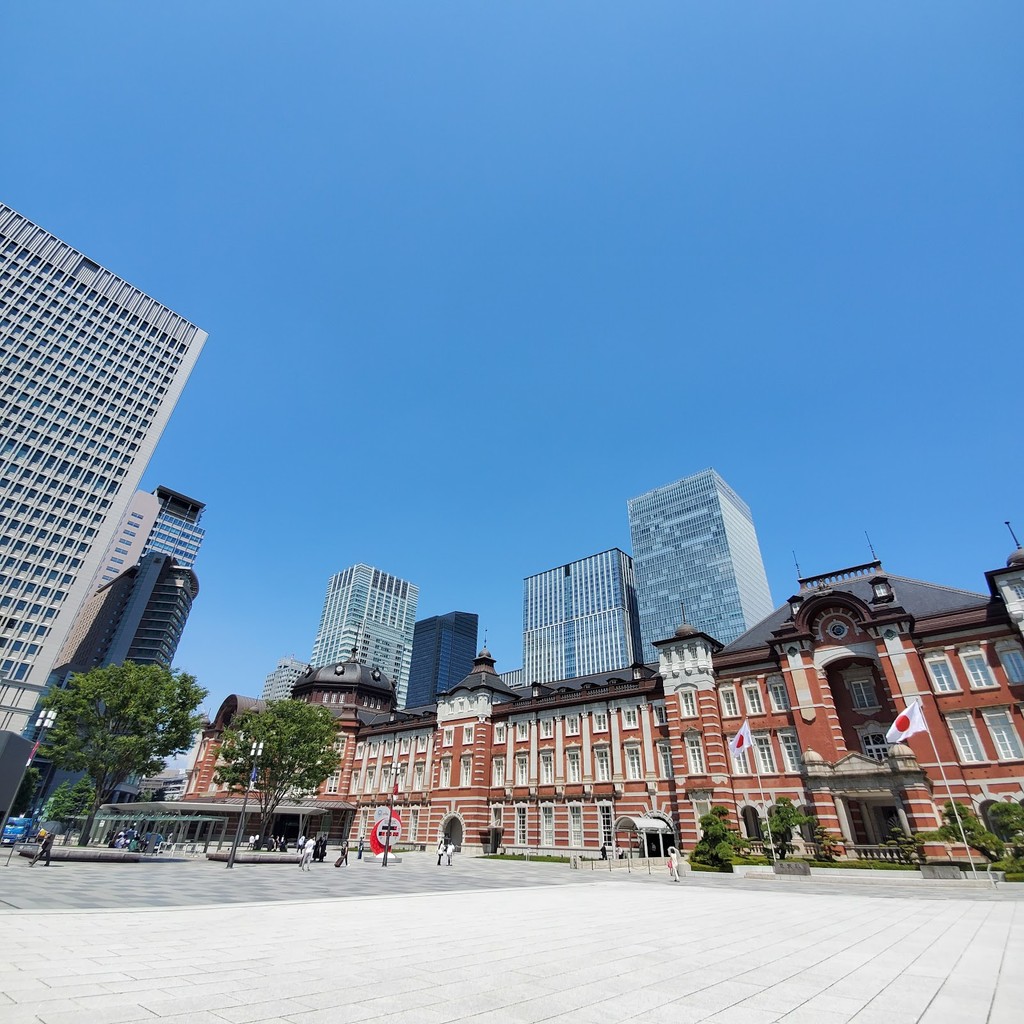
Tokyo Station (Source: Google Maps)
Tokyo Station, a striking red brick marvel, was completed in 1914 and is a prime example of Renaissance architecture. Originally built to accommodate the growing number of travelers, it features a grand dome and intricate details that reflect the Meiji era's influence. The station serves as a vital transportation hub, connecting various train lines, including the famous Shinkansen. Its restoration in 2012 preserved its historical charm while integrating modern facilities, making it a symbol of Tokyo's blend of tradition and innovation.
Nihonbashi
Cross the historic Nihonbashi Bridge, a symbol of Tokyo’s Edo period, offering a fascinating contrast to the surrounding modern skyscrapers.
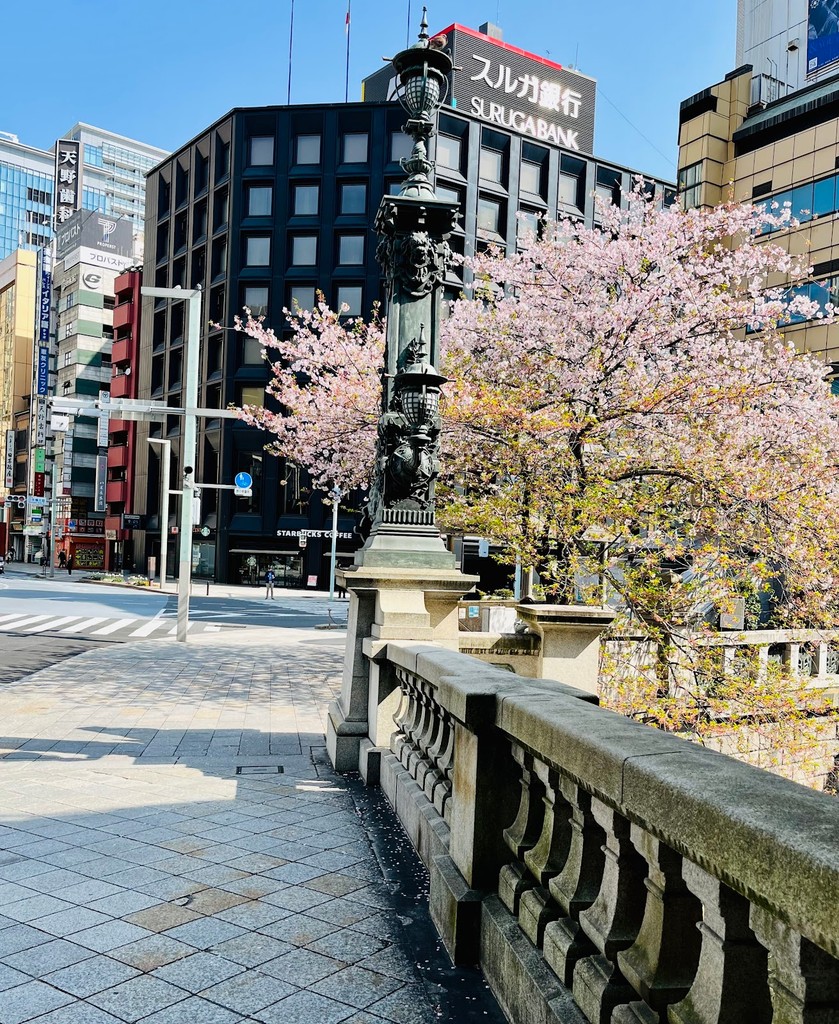
Nihonbashi (Source: Google Maps)
Nihonbashi Bridge, constructed in 1603, is a pivotal landmark that symbolizes Tokyo's Edo period. Originally a wooden structure, it was rebuilt in stone in 1911 and now features a beautiful arch design. The bridge served as a vital point for merchants and travelers, marking the starting point of the five major roads of Japan. Today, it stands amidst modern skyscrapers, showcasing the contrast between historical and contemporary architecture. Nihonbashi remains a cultural and financial center, reflecting Tokyo's evolution over the centuries.
Marunouchi Building
Just a short walk from Tokyo Station, the Marunouchi Building offers a glimpse of contemporary Japanese architecture with its sleek and modern design.
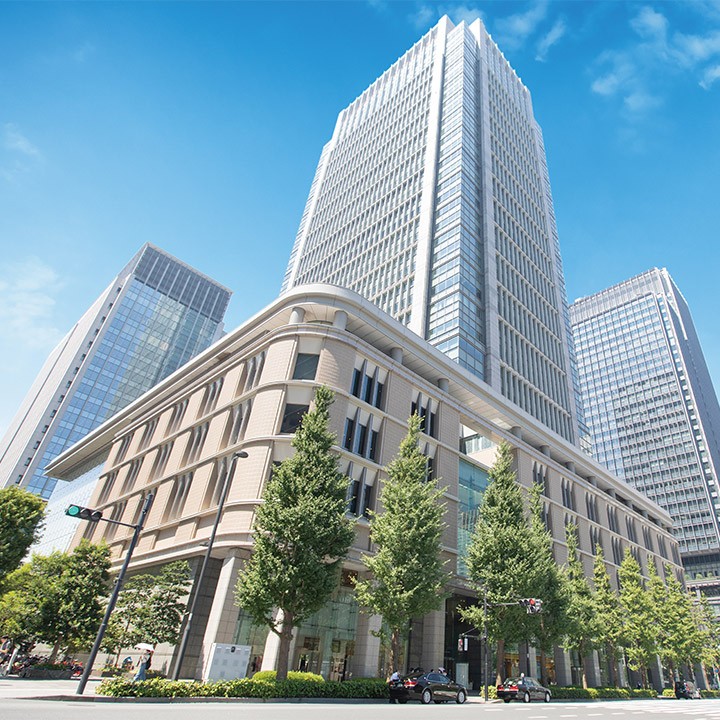
Marunouchi Building (Source: Google Maps)
The Marunouchi Building, completed in 2002, exemplifies modern Japanese architecture with its sleek glass facade and innovative design. Located near Tokyo Station, it houses offices, shops, and restaurants, contributing to the vibrant Marunouchi business district. The building's design emphasizes transparency and openness, allowing natural light to flood the interiors. Its rooftop garden offers stunning views of the cityscape, blending urban life with nature. The Marunouchi Building stands as a testament to Tokyo's commitment to modernity while honoring its historical roots.
Imperial Palace East Gardens
Enjoy a tranquil walk through the Imperial Palace East Gardens, where traditional Japanese landscaping meets historical architecture.
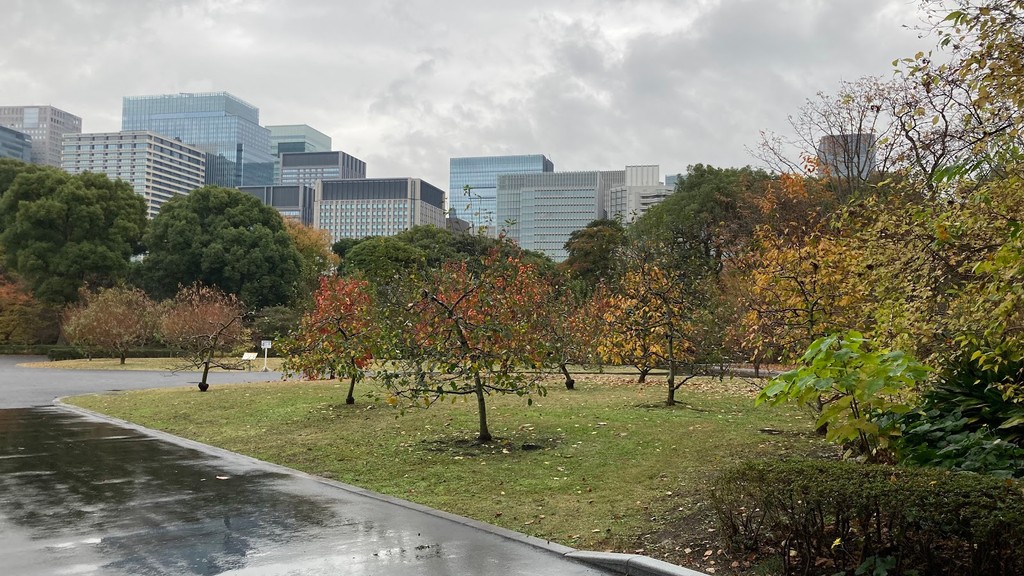
Imperial Palace East Gardens (Source: Google Maps)
The Imperial Palace East Gardens are a serene oasis located in the heart of Tokyo, once part of the inner palace grounds. The gardens feature meticulously maintained landscapes, including traditional Japanese gardens, stone walls, and moats that historically protected the imperial family. Visitors can explore the ruins of Edo Castle, which date back to the 15th century, showcasing the architectural significance of this historical site. The gardens provide a peaceful contrast to the bustling city, offering a glimpse into Japan's imperial history and its connection to nature.
National Museum of Modern Art, Tokyo
Explore Japan’s modern art scene with a visit to the National Museum of Modern Art, housed in a building that is itself a piece of architectural interest.
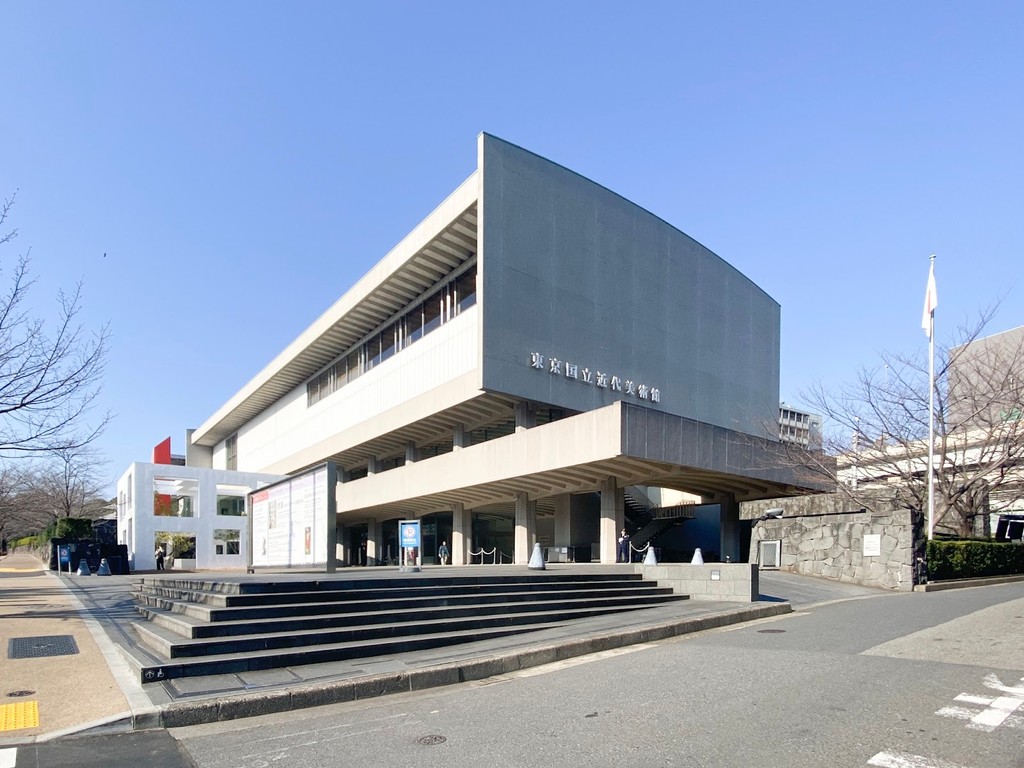
National Museum of Modern Art, Tokyo (Source: Google Maps)
The National Museum of Modern Art, Tokyo, known as MOMAT, is a cultural gem housed in a building that reflects contemporary architecture. Opened in 1969, it showcases an extensive collection of modern Japanese art from the Meiji period to the present. The museum's design emphasizes simplicity and elegance, allowing the artwork to take center stage. MOMAT plays a crucial role in promoting Japanese art and culture, hosting various exhibitions and educational programs. Its architectural significance lies in its ability to create a harmonious space for artistic expression.
Akihabara Electric Town
Immerse yourself in the vibrant and eclectic neighborhood of Akihabara, known for its electronic shops and anime culture, reflecting a different aspect of Tokyo's modern architecture.
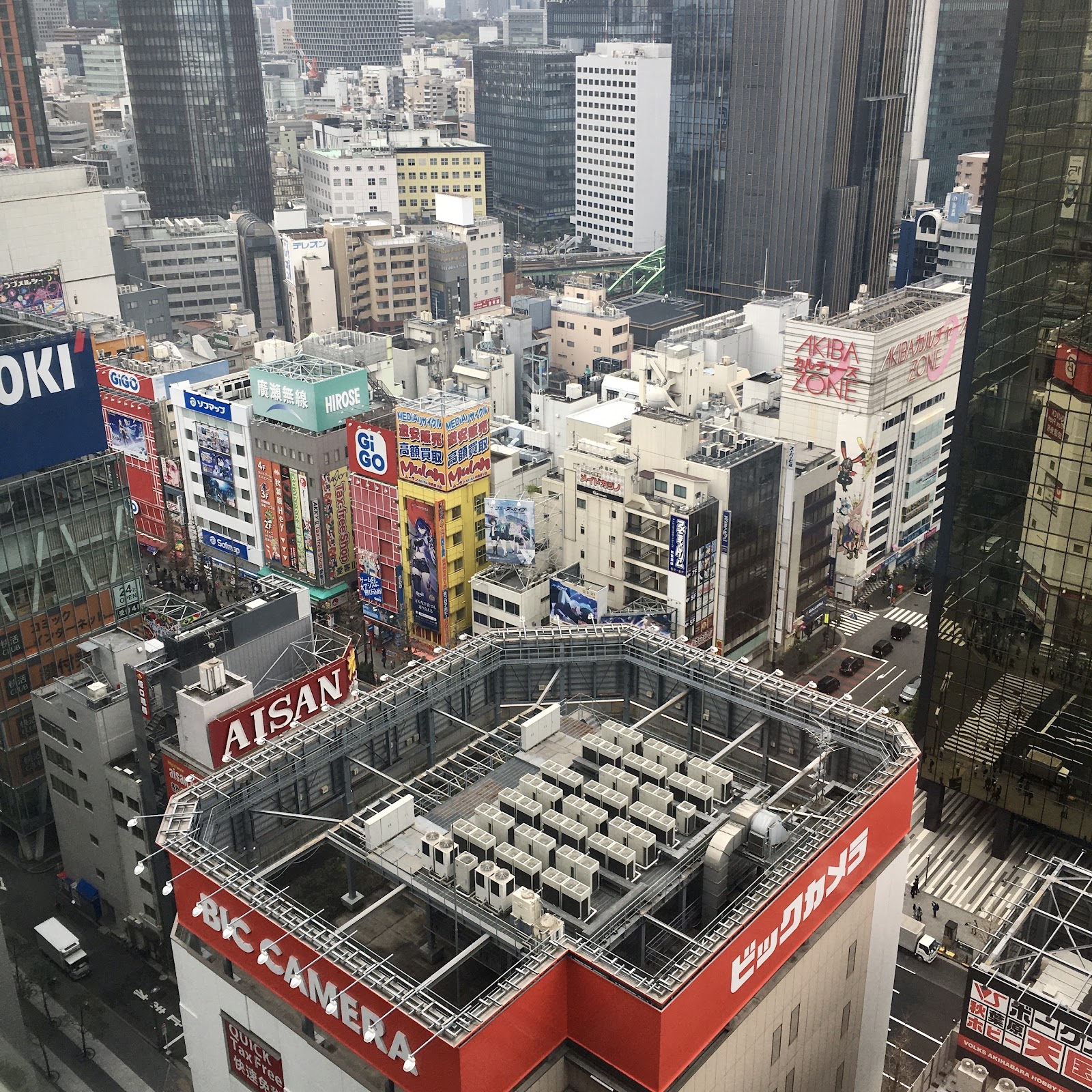
Akihabara Electric Town (Source: Google Maps)
Akihabara, known as Electric Town, is a vibrant district that embodies Tokyo's modern architecture and pop culture. Originally a hub for electronics, it has transformed into a mecca for anime, manga, and gaming enthusiasts. The area's modern buildings feature neon lights and innovative designs that attract visitors from around the world. Akihabara's architecture reflects the dynamic nature of contemporary Japanese culture, where traditional values coexist with cutting-edge technology. This unique blend makes it a fascinating destination for those seeking to experience Tokyo's eclectic spirit.
Yushima Seido
Discover Yushima Seido, a Confucian temple with a unique black façade, offering a stark architectural contrast to Tokyo’s modern buildings.
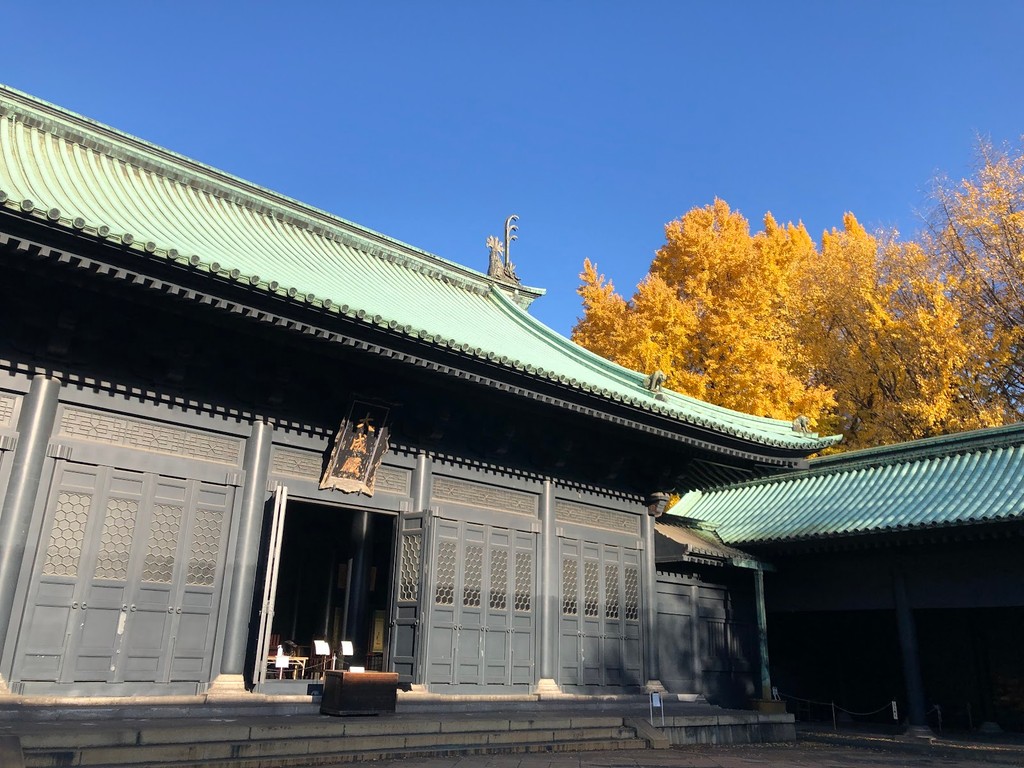
Yushima Seido (Source: Google Maps)
Yushima Seido, established in 1630, is a Confucian temple that showcases a unique architectural style with its striking black facade. The temple serves as a center for Confucian scholarship and is dedicated to the teachings of Confucius. Its design features traditional Japanese elements, including wooden structures and intricate carvings, which contrast beautifully with the surrounding modern architecture. Yushima Seido is not only a place of worship but also a cultural landmark that highlights Japan's philosophical heritage and the importance of education in society.
Kanda Myojin Shrine
Visit the Kanda Myojin Shrine, a colorful and historical Shinto shrine that showcases traditional Japanese architectural style.
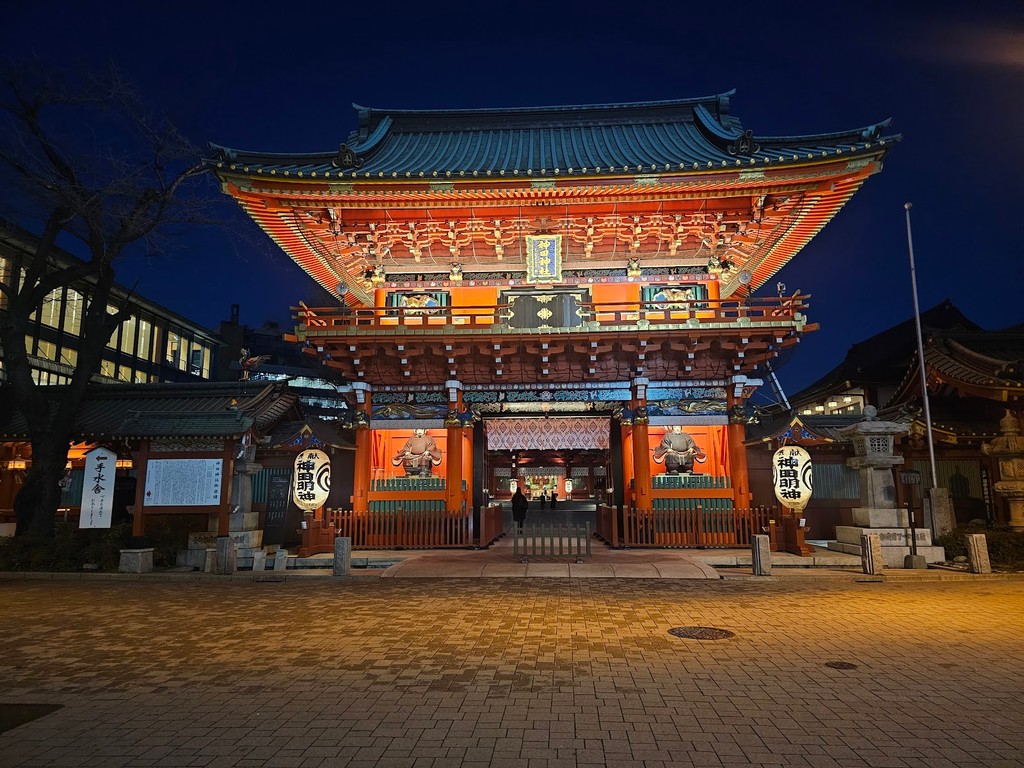
Kanda Myojin Shrine (Source: Google Maps)
Kanda Myojin Shrine, founded in the 730s, is a vibrant Shinto shrine dedicated to the deities of business and prosperity. The shrine's colorful architecture features intricate carvings and a distinctive red torii gate, symbolizing the entrance to a sacred space. It has been a popular site for locals seeking blessings for success in their endeavors. The shrine's historical significance is highlighted by its connection to the Edo period, when it served as a guardian for the Tokugawa shogunate. Kanda Myojin remains a vital cultural site, celebrating traditional Japanese spirituality.
Ueno Park
Conclude your tour at Ueno Park, a cultural oasis with museums, historical sites, and beautiful landscapes, providing a comprehensive view of Tokyo’s architectural diversity.
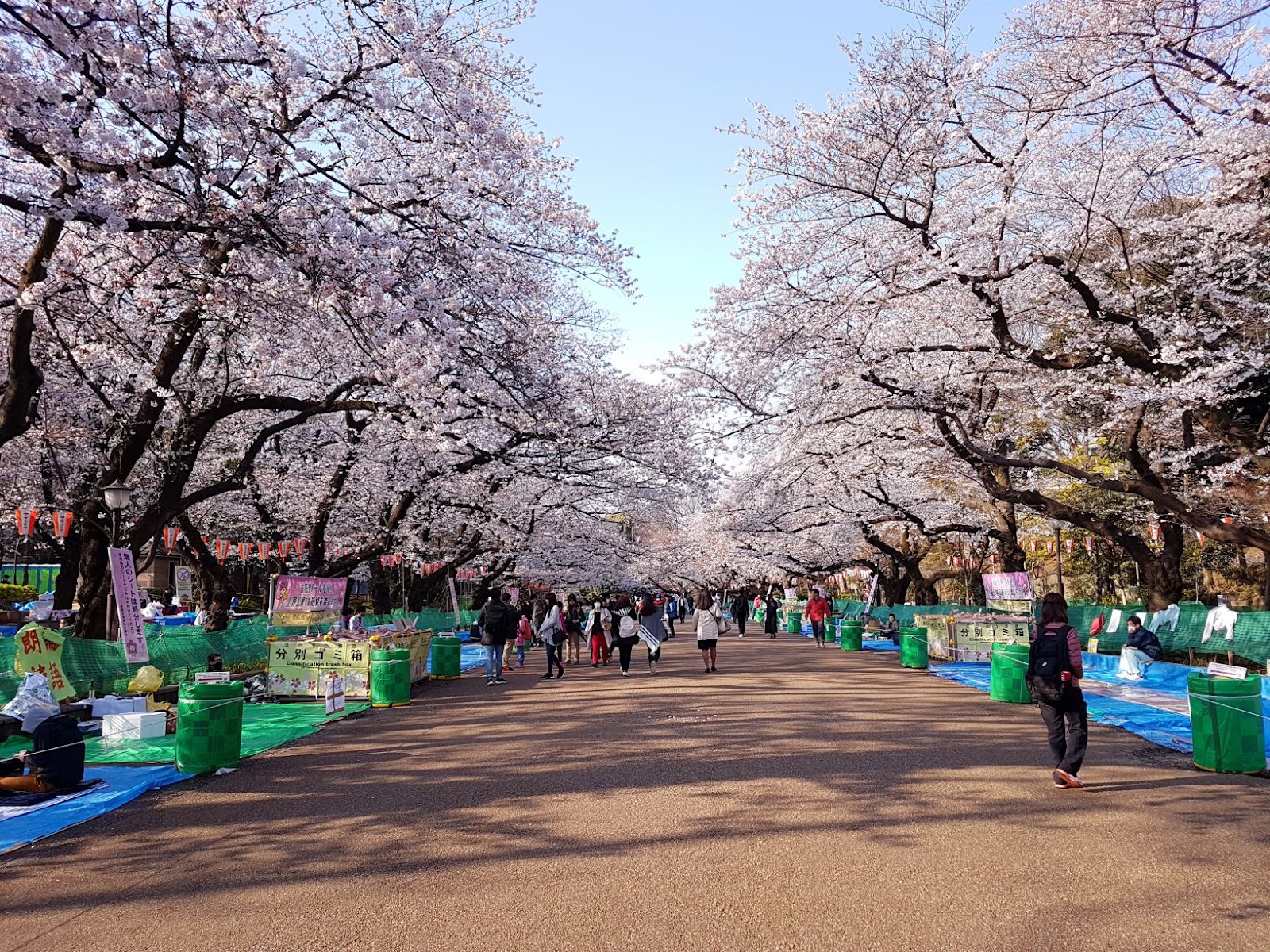
Ueno Park (Source: Google Maps)
Ueno Park, established in 1873, is a cultural hub that showcases Tokyo's architectural diversity. The park is home to several museums, including the Tokyo National Museum and the National Museum of Nature and Science, each featuring unique architectural styles. Visitors can also explore the park's historic buildings, such as the Tokyo Metropolitan Art Museum, which combines modern design with traditional elements. Ueno Park serves as a green oasis in the city, offering a space for relaxation and cultural enrichment, reflecting Tokyo's commitment to preserving its history while embracing the future.

Your travels, your rules.
Create your own Free Walking Tours.
Set your preferences, distances and anything you want to do or see.
Completely free, no payment required.